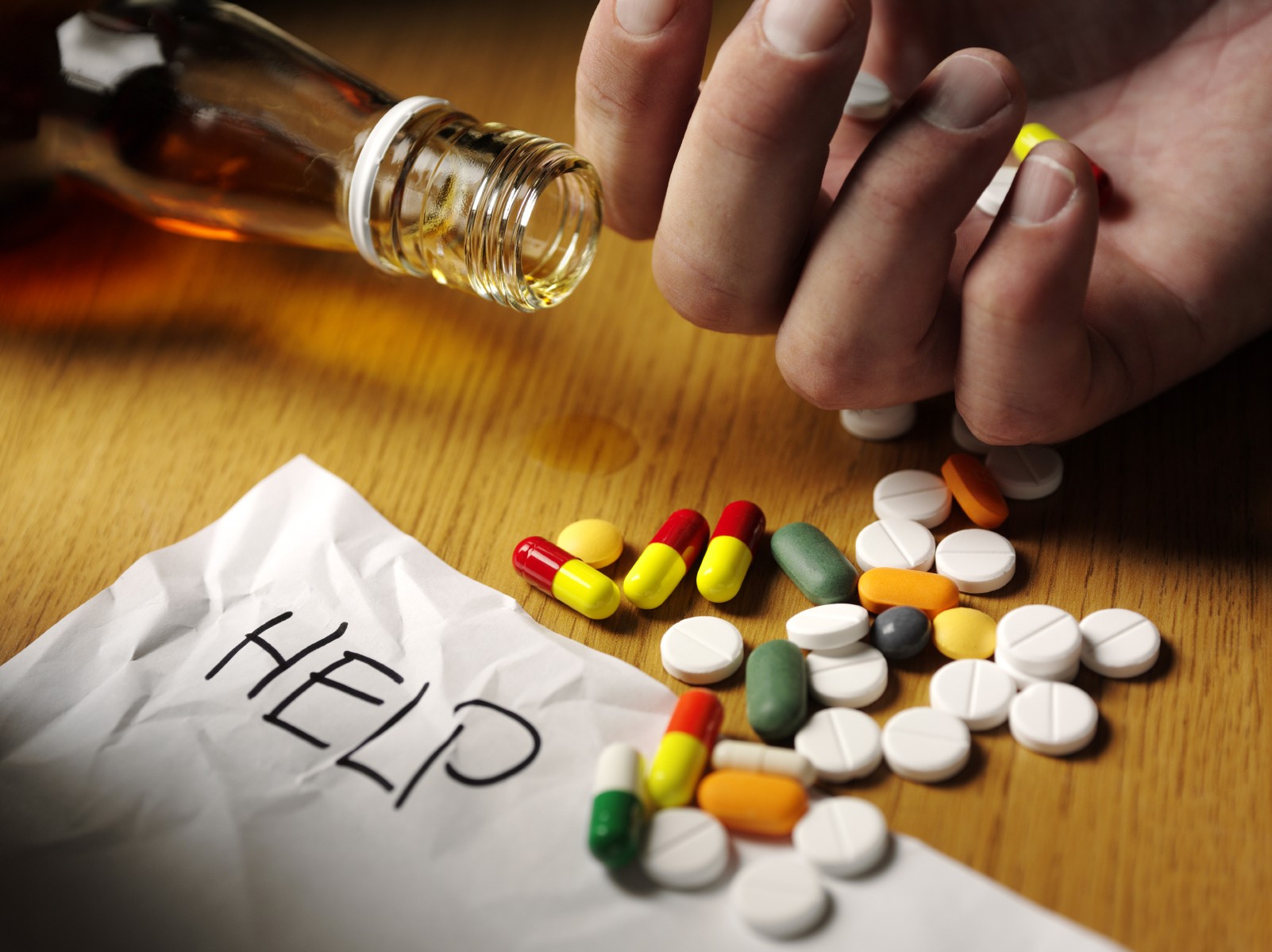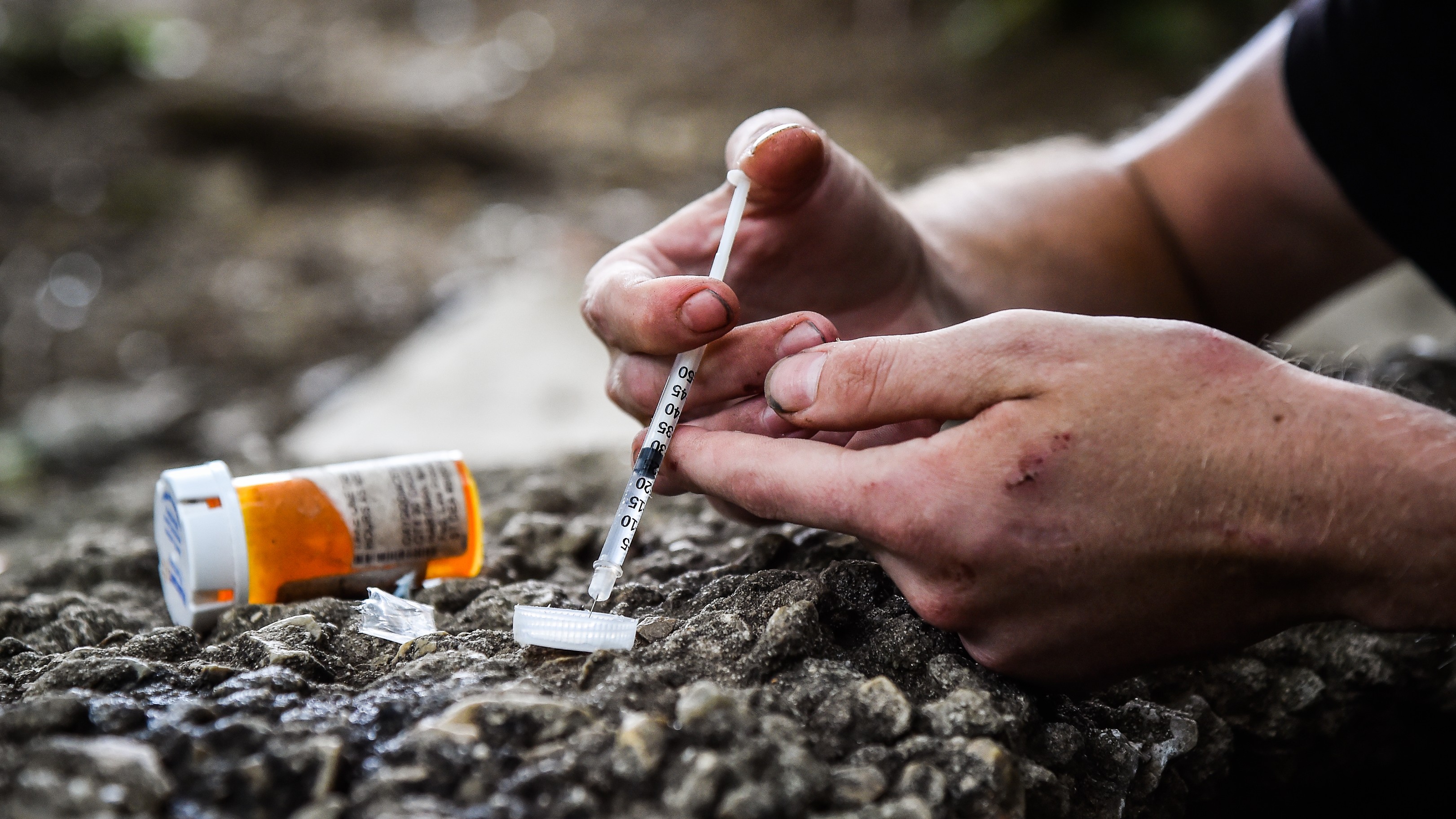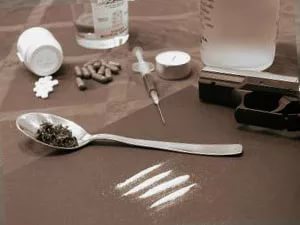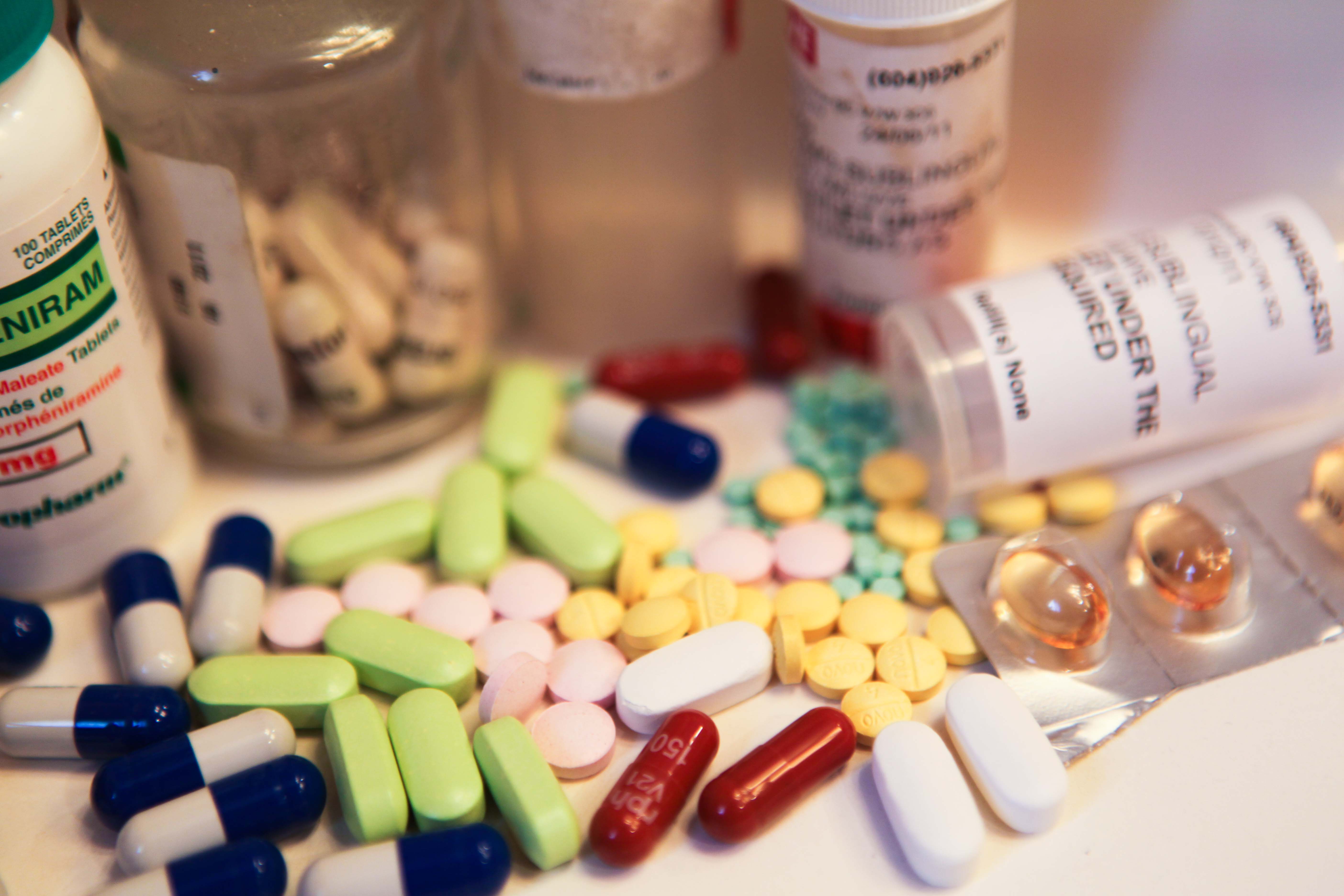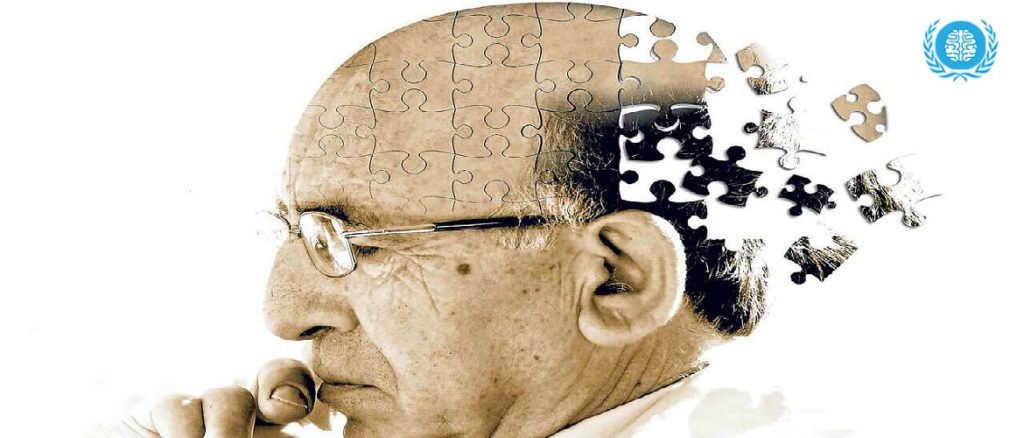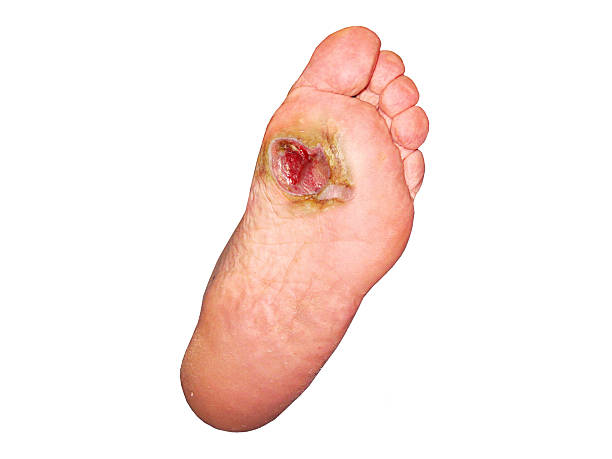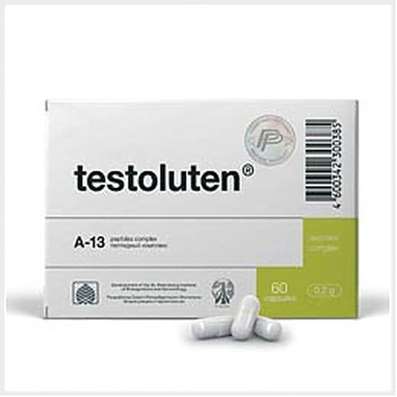29 Oct 2018
L'ampleur et la profondeur du problème exige une abondance de l'information, afin que la vérité sur l'alcool, le tabagisme, les drogues et la toxicomanie, les facteurs qui y contribuent, atteint tout le monde.

According to the World Health Organization, the problems associated with the use of alcohol, nicotine, and drugs have ceased to be today the medical or moral problems of only individuals, they affect the health, well-being and safety of the entire population, and, moreover, affect national development.
Over the past decade, all of the above problems have sharply escalated in our country. And despite the active propaganda of a healthy lifestyle in the media, the issuance of numerous books, magazines, posters, booklets under the slogans "no - drug addiction!", "Life without needles", etc., as well as large-scale actions to combat "bad habits ", Morbidity, disability, mortality, including childhood, have reached a catastrophic level.
It seems to me that the problem of "bad habits" is the most urgent in our time, and combating them is not only the task of the state as a whole, but of every single citizen.
The necessary prevention of "bad habits" is, first of all, information about their harmful effect on the human body, especially on the organism of the growing up person. And the sooner we begin the prevention of "bad habits" among the younger generation, the faster we can avoid the sad consequences (serious diseases, disability, destroyed families, suicides, etc.), increase the birth rate, preserve the number of our nation.
"Smoking is bad for health"
Tobacco smoking is one of the most common bad habits, sometimes leading to serious health problems.
When smoking occurs, dry distillation of tobacco and paper under the influence of high temperature (about 300 C). At the same time, a huge number of various harmful substances are released: about 1200 of them are known!
Among them - derivatives of almost all classes of organic substances: marginal hydrocarbons, ethylene and acetylene compounds, aromatic hydrocarbons, sterols, alcohols, ethers, alkaloids (among them - nicotine).
There are also inorganic compounds of arsenic, copper, iron, lead, polonium (including radioactive polonium), there are carbon monoxide, nitrogen oxides, hydrocyanic acid in tobacco smoke. No wonder they say that the list of substances contained in tobacco smoke, makes you shudder: this is an entire guide to harmful substances.
The toxic properties of nicotine are proved simply: a leech delivered to a smoker, soon falls off in cramps and dies of sucked-up blood containing nicotine.
The list of harmful consequences of smoking is also very large. Scientists are finding more and more reasons for the connection of smoking with various diseases.
The life expectancy of smokers is 7 to 15 years less than that of non-smokers.
It is estimated that smoking is responsible for 90% of deaths from lung cancer, 75% from bronchitis and 25% from coronary heart disease in men under the age of 65 years.
If you compare the incidence of smokers and non-smokers, then the first it is several times higher. Smoking reduces physical strength, slows down the reaction, worsens memory, markedly reduces sexual potency. Smokers often have incomplete offspring more often than non-smokers. Scientists have found an increase in the frequency of spontaneous abortions, increased mortality in the prenatal and postnatal periods, a decrease in the body weight of newborns, impaired mental capacity in surviving children, the birth of children with developmental abnormalities, etc.
It should be noted that the offspring is affected not only by active, but also by the so-called passive smoking, when non-smoking pregnant women are forced to inhale tobacco smoke.
Smoking can be the cause of persistent spasm of the vessels of the lower limbs, which contributes to the development of the obliterating endarteritis, which affects mainly men. This disease leads to eating disorders, gangrene and eventually to amputation of the lower limb.
From substances contained in tobacco smoke, the digestive tract suffers, primarily teeth and mucous membranes of the mouth. Nicotine increases the secretion of gastric juice, which causes aching pain in the pitcher, nausea and vomiting. These signs can be a manifestation of gastritis, gastric ulcer, which smokers are more likely to develop than non-smokers. So, for example, among men, a stomach ulcer disease, 96 - 97% smoked. Smoking can cause nicotine amblyopia. In a patient suffering from this disease, partial or complete blindness occurs. This is a very formidable disease, in which even vigorous treatment is not always successful.
Every smoker should remember that smoking tobacco harms not only the state of his own health, but also the health of those who surround him at home, at work, in public places.
Most smokers are surprisingly unceremonious towards others. But out of a thousand smokers, no one is ashamed of letting in an unhealthy smoke in a room where non-smoking women, children, breathe air, without feeling the slightest reproof.
The need for smoking is not given to man initially. It is produced by each individually. Smoking exists as a social phenomenon, which is part of the habitual elements of the way of life of most peoples of the world.
In the process of socialization, adolescents who enter adulthood greedily look at and assimilate the "adult" norms of life activity. Imitating the elders, young people become attached to smoking, eventually become the source of imitation for others.
So, after 20 years, only 10.7% of men start smoking. The rest - much earlier. Smokers, as a rule, can not formulate exactly why they reached for a cigarette. Their answers are very vague: curiosity, desire to try, pampering, imitation, etc.
Can I quit smoking? Of course, yes, although it is not easy. But most smokers can stop smoking on their own, without any medical help. (Tabex and other medicines for quit smoking)
This is evidenced by the data of the Committee of Experts of the World Health Organization to combat smoking, confirming that among those who quit smoking about 85% "... did it on their own initiative ..."
It is very difficult to get out of smoking women, nevertheless, almost 80% of those who quit smoking did it without the help of a doctor. The statistics are very unanimous: almost all those who quit smoking took this step at the expense of volitional efforts, self-discipline, self-organization, without resorting to medication. Many heavy smokers develop dependence on nicotine - a disease in which nicotine is included in the process of metabolism of the body, being thus necessary their participant. When a person quits smoking, there is a kind of "shortage" of nicotine in metabolic processes. Absence of nicotine is manifested in a whole complex of very unpleasant for a person physical ailments and psychological experiences. These phenomena are called narcology by the abstinence syndrome. All this allows us to say: "To smoke - to harm health!"
Alcohol does not spare any internal organ
What is the effect of alcohol on the human body?
Alcohol is not only a narcotic substance, but also a poison for the liver. It has a negative effect on various types of metabolism in the body. Along with the disorders of metabolic processes (carbohydrate, fat, etc.), the functions of the endocrine organs (sex glands, etc.) also suffer. People who abuse alcohol, the ability of the liver to render harmless toxic products, participate in the metabolism, immunological and other protective reactions of the body.
Only 10-11% of people consuming alcoholic beverages did not show significant violations in the liver. In 50% of patients, replacement of active liver cells - hepatocytes - with an inert connective tissue was diagnosed, 35% had a fattening of the liver and 8% had a serious disease - cirrhosis of the liver.
In the liver, carbohydrate metabolism is disturbed, which can manifest itself in a disease resembling diabetes mellitus. Violated other types of metabolism. Reduces the ability of blood to clot; increases the permeability of small vessels. Perhaps the appearance of hemorrhages under the membranes of the brain. The antitoxic protective function of the liver is violated. The initial stages of liver damage sometimes do not appear externally. Then the patient has a decrease in appetite, nausea, a feeling of weakness, lethargy. Next, new symptoms are added. The liver increases in size, while the patient begins to lose weight. Drawing attention to the yellowness of the skin, eyeballs. Fatty degeneration of the liver gradually turns into alcoholic hepatitis, and then into cirrhosis. (Heptral and cyanocobalamin are very helpfull for this).
Severe and brighter acute alcoholic hepatitis. The patient loses appetite, vomiting, diarrhea, pain in the right upper quadrant of the abdomen and under the pit of stomach. The temperature rises sharply, to 38-39 ° C. Next appears jaundice of the skin, itching of the skin. The liver increases in size, there is soreness when probing. In the case when the patient continues to take alcohol, the transition of the disease to the most difficult option is possible - cirrhosis of the liver.
The liver, afflicted with cirrhosis, is always different from normal, healthy. With cirrhosis, the organ looks dense, often changed in size, tuberous, has a yellowish-red color, which is caused by a delay in bile. The disease becomes life-threatening, when fluid accumulation occurs in the free abdominal cavity (ascites). Since the appearance of ascites, the disease lasts from six months to two years and leads to death. Incidentally, it should be noted that cirrhosis often develops not only in people who consume vodka and wine, but also those who regularly drink beer.
The pancreas in the body performs a dual function: as an exocrine gland, it throws the digestive juice into the duodenum, and the body of internal secretion, producing hormones - insulin and glucagon. Insulin is a protein hormone that increases the rate of glucose uptake in tissues, which leads to a decrease in the level of sugar in the blood. Deficiency in the body of insulin leads to the development of diabetes mellitus. Glucagon performs the opposite regulatory function - increases blood sugar.
How does alcohol abuse affect the work of the pancreas? Alcohol disrupts the intrasecretory and externally secretory functions of the pancreas. The negative effect on the iron of alcohol can occur in various ways, changing the nervous regulation of its work, directly affecting the tissue of the gland. When drinking alcohol in the stomach, the content of hydrochloric acid, a stimulant of the pancreas, decreases, which affects its work. Alcohol, entering the blood, first irritates the pancreas, as a result of which the production of insulin is stimulated. But with repeated alcohol intake, the pancreas is depleted, insulin production is sharply reduced. Often, diabetes mellitus in alcoholics occurs in a latent form. Patients with increased thirst, frequent urination, an increase in the daily volume of excreted urine. Patients complain of dry mouth. Appetite is usually elevated. There is a itchy skin, there are furuncles.
Abuse of alcohol can lead to chronic pancreatitis. Negative effects produce alcohol on the stomach and intestines. The stomach first perceives the effect of a concentrated portion of alcoholic beverage.
What does this lead to? The main manifestation of this effect is the development of the so-called alcoholic gastritis. Alcohol remains in the stomach for a long time. The consequences of the "chemical burn" and poisoning here are particularly pronounced. First of all, it should be noted that this gastritis (inflammation of the stomach) is noted in the vast majority of people who abuse alcohol. Initially, a form of gastritis is noted, accompanied by increased release of hydrochloric acid in the stomach, which later changes to an acid-free form of gastritis. Violated the formation of pepsin - an enzyme of gastric juice, which contributes to the breakdown of food proteins. In this regard, the alcoholic develops protein starvation. These changes disrupt the process of assimilation of foods entering the stomach, which affects the general state of the body. With prolonged consumption of alcoholic drinks, the excretory function of the stomach suffers. Acute alcohol poisoning can be manifested by vomiting.
The patient complains of tense sensations in the abdomen, burning sensation, pain in the pit of stomach, eructation, etc. Chronic alcohol gastritis is accompanied by a feeling of general weakness, decreased performance, an unpleasant aftertaste in the mouth, aching pains in the pit of stomach, nausea, diarrhea, in the morning, on an empty stomach vomiting with scanty content. Chronic gastritis can be accompanied by the development of duodenal ulcer. Violated the activity of the small and large intestine (enterocolitis). The clinical picture of alcoholic enterocolitis is characterized by diarrhea that occurs in the morning or soon after eating. Diarrhea can alternate with constipation. There is an increase in body temperature, weight loss patients. If you continue to take alcohol, then the disease can progress and end tragically.
Alcoholism also affects the kidneys - the organs involved in the regulation of water-salt metabolism, in maintaining acid-base balance, in the isolation of various slags. Permanent long-term intake of alcohol causes chronic kidney disease (nephritis, nephrolithiasis, pyelitis, etc.). Small doses of alcohol increase urination, which is associated with the irritating effect of alcohol on the kidney tissue, with its effect on the cardiovascular system, with an increase in the filtration capacity of the kidneys.
Chronic alcohol intoxication is manifested by excessive sweating, development of edema. Due to the gradual destruction of the cells of the renal tissue, the dead cells are replaced by a connective tissue, the kidneys shrink and wrinkle. It is understandable that the noted significant changes in the nervous system, liver, gastrointestinal tract, kidney and other organs do not pass without a trace and shorten the life expectancy, lead to premature death of both women and men who abuse alcohol.
It should be taken into account that alcohol significantly reduces the body's resistance to the effects of infectious agents and toxic substances and thereby contributes to the increase in the incidence of drinkers. Against the backdrop of alcoholism, various diseases are more severe, especially chronic (tuberculosis, syphilis, etc.), infectious-oallergic (bronchial asthma, rheumatism) and cardiovascular. Mortality among alcoholics in somatic diseases is 3-5 times higher than mortality among people who do not consume alcohol.
Deserves a separate consideration of the effect of alcohol on the sex glands and the sex cells they produce - male (sperm or spermatozoon) and female (oocyte). They are carriers of genetic (hereditary) information, on their condition depends the health of future children, i.e. future generations.
Chronic alcohol intoxication is manifested by excessive sweating, development of edema. Due to the gradual destruction of the cells of the renal tissue, the dead cells are replaced by a connective tissue, the kidneys shrink and wrinkle. It is understandable that the noted significant changes in the nervous system, liver, gastrointestinal tract, kidney and other organs do not pass without a trace and shorten the life expectancy, lead to premature death of both women and men who abuse alcohol.
It should be taken into account that alcohol significantly reduces the body's resistance to the effects of infectious agents and toxic substances and thereby contributes to the increase in the incidence of drinkers. Against the backdrop of alcoholism, various diseases are more severe, especially chronic (tuberculosis, syphilis, etc.), infectious-oallergic (bronchial asthma, rheumatism) and cardiovascular. Mortality among alcoholics in somatic diseases is 3-5 times higher than mortality among people who do not consume alcohol.
Deserves a separate consideration of the effect of alcohol on the sex glands and the sex cells they produce - male (sperm or spermatozoon) and female (oocyte). They are carriers of genetic (hereditary) information, on their condition depends the health of future children, i.e. future generations.
Alcohol can affect the offspring in several ways: the first - on the sex glands and sex cells they produce, the second - on the fetus (embryo) and the fetus, the third - on the development of the child.
Especially unfavorable is the effect of alcohol on the development of the male sex glands (testes) and the spermatozoa produced by them. Therefore, many spermatozoa do not fully ripen and are immature (or immature at all) as they fall into seminal fluid. Such spermatozoons often have different anomalies - lack of a head, tail, change in the structure of the body, etc. - and not able to fertilize eggs.
If fertilization also occurs, then such eggs, as a rule, die or (very rarely) give inferior offspring. Usually, after 6-7 months of alcohol administration in animals (for example, in rats) reproduction of spermatozoa stops, the spermatic tubules atrophy (die), the tissue between them swells and the male becomes barren.
Alcoholics-men also experience similar phenomena, but usually after a longer (several years) period of time. They have decreased libido (impulse), impotence (incapacity for sexual intercourse and fertilization), decreases the size of the sexual glands, decreases the number of spermatozoa or they completely disappear, often only dead sperm. There comes male infertility. In this case, the signs characteristic of the female body (growth of the mammary glands, reduction of the hair) are often developed, which is explained by alcohol suppression of the production of male hormones (testosterones) and partial conversion into female hormones (estrogens).
The frequency and degree of impairment of the function of the male sex glands are dependent on the number and duration of alcohol use.
In moderately alcohol consuming disorders of the sexual glands are found, approximately, in 30% of cases, in explicit alcoholics - in 80-90% 5. After recovery in approximately 40% of men, these phenomena persist, that is, they remain sexually inferior and can not have full-fledged offspring, and sometimes even remain fruitless. At 40-45% of men in general the ability to engage in sexual intercourse is lost.
The most dramatic disruption of sexual function in men immediately after the white fever - the highest stage of alcoholism, which is characterized by delirium, hallucinations, and sometimes convulsions.
Alcohol is dangerous not only for cells of testes that reproduce spermatozoa, but also for the function of the pituitary gland, the medullary appendage that acts with its hormones (gonadotropins) on both the male and female gonads (gonads).
Gonadotropins stimulate the testes and ovaries. Under the influence of gonadotropins, the maturation of spermatozoa and oocytes occurs and the production of male (testosterone) and female (estrogen) sex hormones in the sex glands.
The inhibition of the function of the pituitary gland by alcohol leads to a decrease in the production of hormones by the sex glands and to a violation of maturation of the sex cells (spermatozoa and oocytes). Consequently, the effect of alcohol on the sex glands and the pituitary gland leads to male and female infertility. Long-term exposure to alcohol not only inhibits puberty, prevents the correct function of the sex glands and the production of sex cells, slows and distorts the menstrual cycle, but also often leads to an irreversible reduction in the weight (mass) of the ovaries, uterus and vagina. It has long been known that pairs of alcohol reduce the egg production of chickens, and many eggs do not sit out chickens. Alcohol also prevents the correct transition of eggs from the ovaries, where they are produced, into the fallopian tubes. As a result, there are phenomena of infertility, since eggs are fertilized usually in the fallopian tubes. Under the influence of alcohol, even fatty degeneration of the ovaries may occur, in which they produce only immature oocytes or completely stop their production.
Alcohol reduces the sexual feeling in women (sometimes, with slight intoxication, it can intensify). Alcoholics often have promiscuous sexual intercourse, infection with sexually transmitted diseases, and a feeling of maternity. Although alcoholism relatively rarely affects ovulation (egg yield from the ovary) and on the ability to conceive, still in alcoholics in 40-60% there are violations of the ovarian function, manifested by amenorrhea (lack of menstruation), oligomenorrhea (rare and weak menstruation) or hypermenorrhoea (abundant and prolonged menstruation).
Approximately 8-10% of alcoholics come premature menopause (ie, aging of women with a violation, and then the termination of menstrual function). This is observed in alcoholics already in 35-40 years, although usually the phenomenon of menopause occurs in 45-48 years. In general, many scientists noted that alcoholism leads to premature aging of the whole organism. The skin becomes wrinkled, flabby, often puffiness of the face, loss of turgor (tone) of the mammary glands, the sexual function weakens, emotional reactions are lost, frigidity (coldness in sexual intercourse) appears.
Sexual life early loses its importance for them, often the childbearing function is violated, as well as the internal need for caring for children, which contributes to the violation of the emotional sphere in children and the formation of crime in them.
Drug - "White Death"
In the broadest sense, drug addiction is a painful attraction or addiction to narcotic substances used in a variety of ways (swallowing, inhalation, intravenous injection) in order to achieve a stupefying condition. To do this, use different substances, for example such authentic strong-acting drugs as opium, morphine, heroin, and weak-acting cocaine, marijuana.
A similar effect also has some medicines not classified as narcotic. Abuse of them can be called medication.
All the used intoxicating substances (both real drugs and other drugs of plant origin or obtained chemically) are strong poisons, that is, toxins, so the desire for a stupefying condition with the help of non-narcotic substances should be called, as already accepted, a substance abuse.
Since the words "drug addiction", "drugs", "drug addicts" are widespread, you can use them, whether it's about substance abuse or addiction. This is all the more justified, that true drug addiction among young people is rare, because real drugs are expensive and difficult to access. Young people, addicted to drug addicts, usually use more accessible substances or they prepare by handicraft various drugs from poppy.
It does not really matter how to call this trouble - a habit or a painful addiction to drugs, although a bad habit to win is still easier than a painful addiction.
Addiction
In this case, a person, although feeling a strong desire to take a drug, does not yet have an irresistible physical need for a narcotic dope. He does not need to increase the dose of the drug. In this case, there is still no physical dependence on drugs: depriving a person of drugs does not cause him symptoms of the so-called withdrawal syndrome, and taking them, although adversely affecting the psyche and overall health, does not yet have a serious impact on behavior in the home and in the public life.
The habit of narcotic dope after a while becomes a painful attraction, addiction. This is already a far-reaching state, when the strong need for the use of narcotic substances does not stop, caused by mental and physical dependence on them, it becomes necessary to constantly increase doses, poisoning the body.
Narcotic Stramonium
All narcotic substances are stupefying. Then, the ever-increasing narcotic hunger, which indicates the emergence of dependence; as the use of drugs progresses the physical and mental exhaustion of the body, which eventually leads to premature death.
People who take drugs differently perceive their stupefying effect. Depending on the drug taken, excitement or inhibition of activity occurs. An excited person has a feeling of freshness, lightness, physical dexterity, it seems to him that he is full of strength and desire to act, capable of unprecedented creative accomplishments. Of course, all this is just an illusion, a game of imagination, caused by the impact of a drug.
Deceleration is usually felt as a relaxation and complete indifference to all life's misfortunes and vicissitudes of fate.
A drug addict in a state of excitement by his behavior resembles a drunken man who, as they say, is tipsy, and the hindered drug addict becomes like a very drunk, and this impression is strengthened by the incoherence of his speech.
Narcotic drugs cause a variety of disorders of consciousness.
Some drug addicts experience depression, inexplicable fear, sometimes panicking, or they are tortured by some terrible visions.
Drug addiction.
Usually a person already after several drug addicts develops a strong, irresistible attraction to a stupefying condition, called psychic dependence on drugs.
There is another, much deeper dependence, called physical. It consists in the fact that drugs, as they are used, enter the chemical composition of the body tissues, as a result, habituation arises and drugs become a necessary condition for preserving the biological and chemical balance of the whole organism.
After the physical dependence has been formed, the absence of drugs causes a so-called abstinence syndrome in the person (withdrawal syndrome). The addict is forced to systematically take drugs and increase their dose to cause a dope.
The lack of a drug causes increasing irritability, nervousness, difficulty in concentrating attention, fatigue. There is great anxiety, gradually fear becomes unbearable, leads to despair, a sense of hopelessness, and often - to the thought of suicide.
A person who experiences an abstinence syndrome is not able to do anything, perform any work. His only desire is to get a drug at any cost. This concentrates all his thoughts and actions, often the drug becomes more important to him than food. This condition is accompanied by bodily ailments: severe headaches, nervous trembling, numbness of the extremities, muscle cramps, etc.
These are the symptoms of the onset of a person's mental and physical dependence on drugs. That's when he becomes their slave.
So, the prolonged absence of drugs leads to the emergence of an abstinence syndrome. It usually begins with the growth of an irresistible need for a drug, which is somewhat comparable to that of an inveterate smoker who wants to smoke, but does not have cigarettes. Then there is anxiety, a sharp yawn, profuse sweating, a disruption of the nasopharynx function, resembling a strong cold. Pupils dilate and do not respond to light. Appear "goosebumps" and chills, like at high temperature, acute pain in the stomach, lower back and hips. Then - dizziness, nausea and vomiting, muscle trembling until life-threatening seizures and circulatory and breathing disorders.
These symptoms appear in different combinations and sequences, appear with varying intensity.
Abstinence syndrome can also be accompanied by delirium, various visual and auditory hallucinations or manifestations of depression, apathy, complete indifference to the environment.
Taking the drug almost immediately eliminates these ailments, but this improvement is temporary, because after a few hours the effect of the drug will stop and symptoms of withdrawal symptoms will appear again. (Phenotropil can cope with it).
Consequences
Drug use, in addition to mental and physical dependence, always leads to an irreversible gross violation of the vital functions of the organism and the social degradation of the addict. It is these consequences that are the greatest danger to human health and life.
First, chronic poisoning of the body with narcotic drugs leads to irreversible changes in the nervous system, the disintegration of the personality. As a result, the addict loses some higher feelings and moral restraint. Appearance arrogance, dishonesty, fading life aspirations and goals, interests and hopes. A person loses kinship, attachment to people and even some natural attractions. This is especially tragic when it comes to young people, about only the emerging individualities that are most valuable to society. Narcotic intoxication and serious ailments, withdrawal symptoms make it impossible to study and work, so drug addicts usually get parasitic.
Under the influence of public opinion, the addict is forced to hide his vice. He seeks support in any group that would accept him.
Usually it is the dregs of society: when they join them, the drug addict himself excludes himself from the previous collective.
Secondly, developed or just developing malformation requires more frequent use of drugs in ever increasing doses. The constant need to get them pushes drug addicts to the path of crime: thefts, burglary of pharmacies, forgery of prescriptions, debauchery, even murder are increasing - all for the money to buy drugs.
Finally, thirdly, drug addiction leads to extreme exhaustion of the body, a significant loss of body weight and a noticeable decline in physical strength. The skin becomes pale and dry, the face acquires an earthy tint, there are also disturbances in balance and coordination of movements, which can be mistaken for alcoholic intoxication (usually drug addicts avoid alcohol, although this is not the rule).
L'empoisonnement, le corps devient la cause de la maladie des organes internes, en particulier le foie et les reins.
Des complications surviennent à partir de drogue par voie intraveineuse à des injections avec des aiguilles souillées et des seringues. Les toxicomanes ont souvent purulentes, des lésions de la peau, des thromboses, inflammation des veines, ainsi que de diverses maladies infectieuses telles que l'hépatite.
Souvent des cas de surdosage, surtout quand, après le syndrome d'abstinence à l'immunité du corps à son action diminue, ce qui le toxicomane n'est généralement pas le savoir. En conséquence - les intoxications graves, accompagnés par le délire et le coma.
Au cours des dernières années, le nombre de personnes qui ont systématiquement augmenter les doses de médicaments a augmenté. Des cas de syndrome de sevrage aigu, l'intoxication et de décès chez les jeunes toxicomanes sont devenus de plus en plus fréquentes.
Parfois même dix à douze ans les enfants sont stupéfiants eux-mêmes avec des médicaments, en outre, ils utilisent surtout des préparations dangereuses, principalement à partir de coquelicots, qui s'est rapidement développer une dépendance dans le corps. Ces substances dangereuses, faite par l'artisanat, contiennent une grande proportion de contaminants toxiques.
Il est également noté que les écoliers utilisent souvent des médicaments qui rapidement conduire à des changements durables dans le cerveau.


 Le chariot
Le chariot

